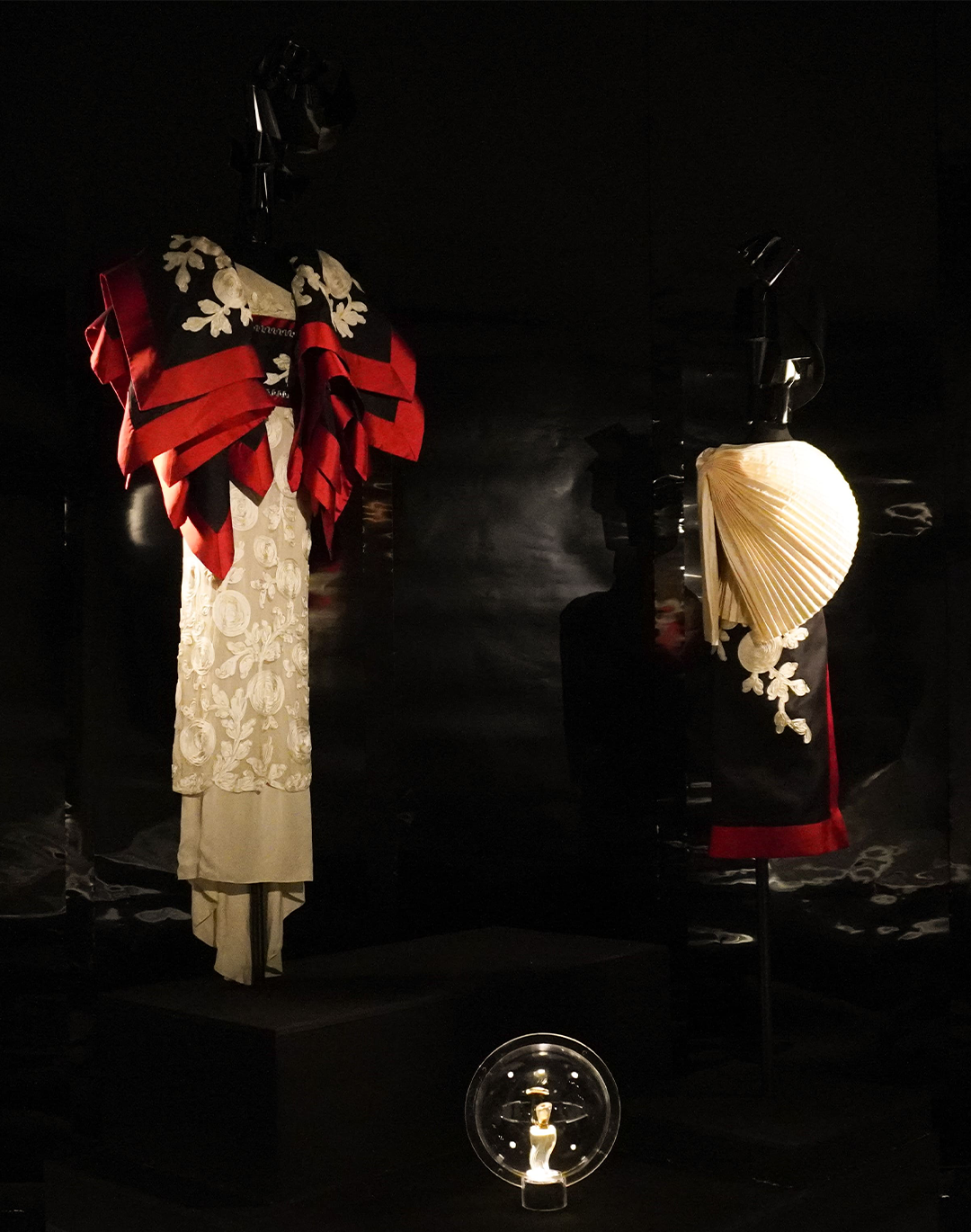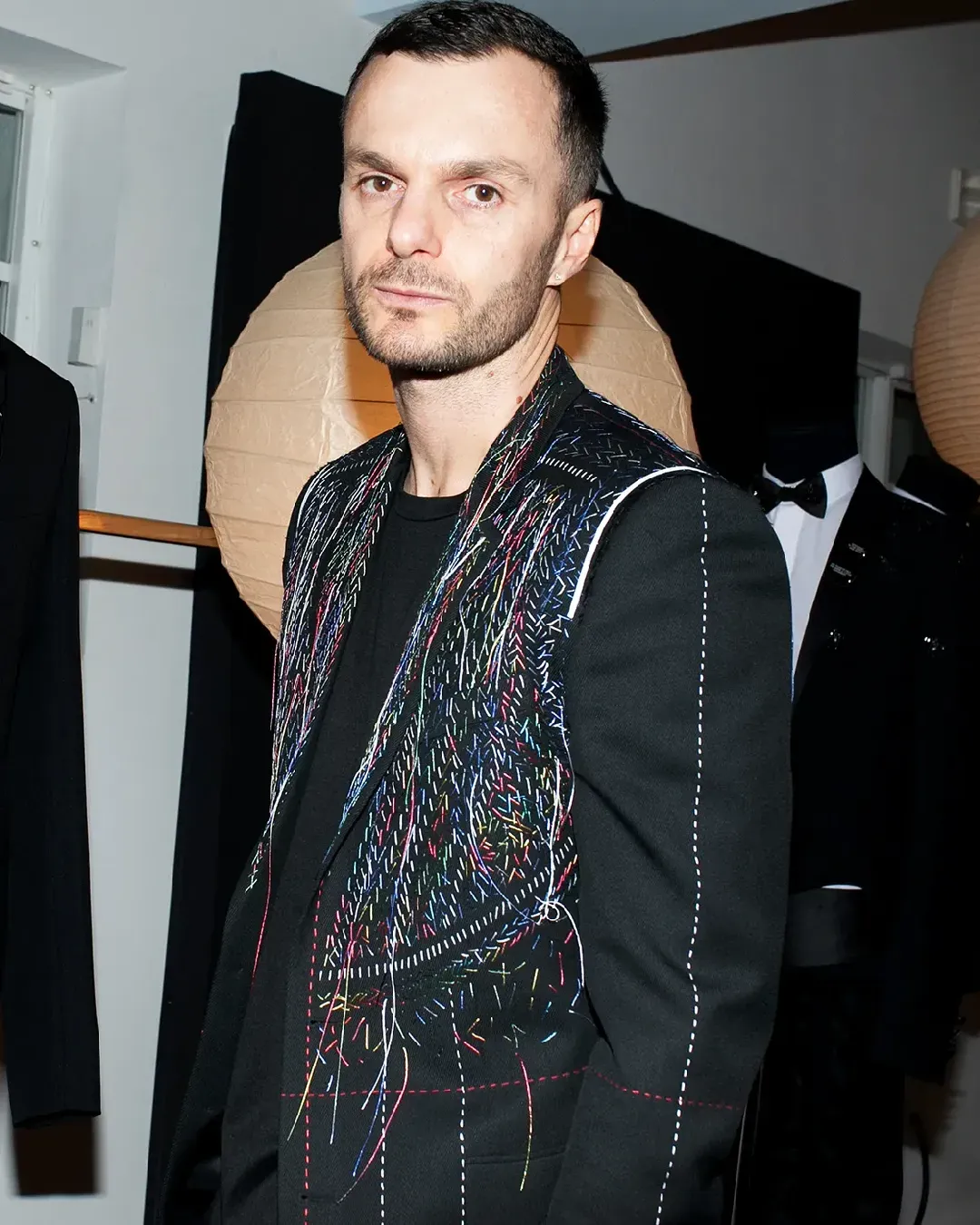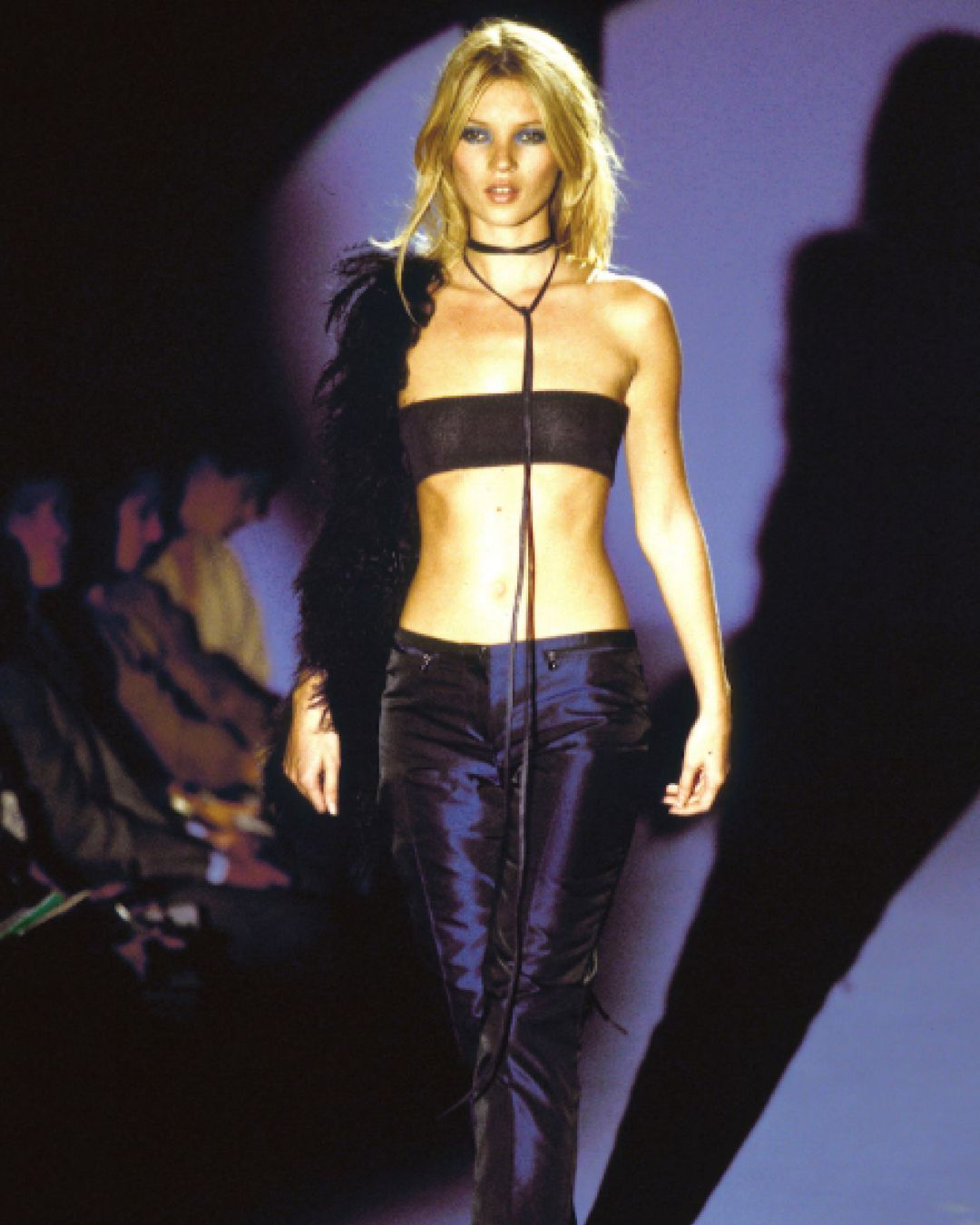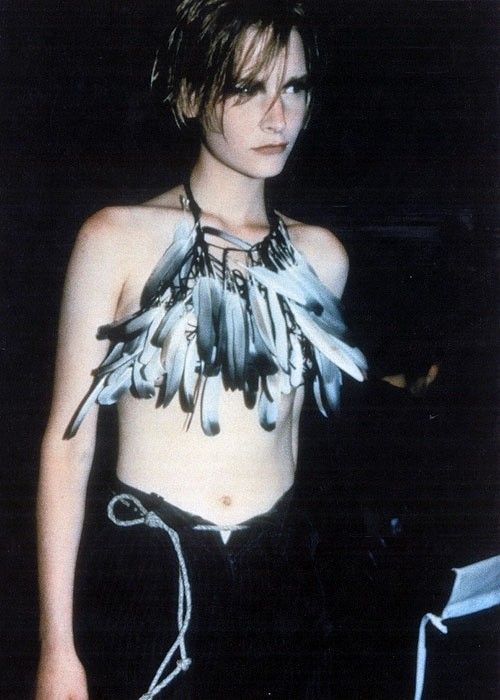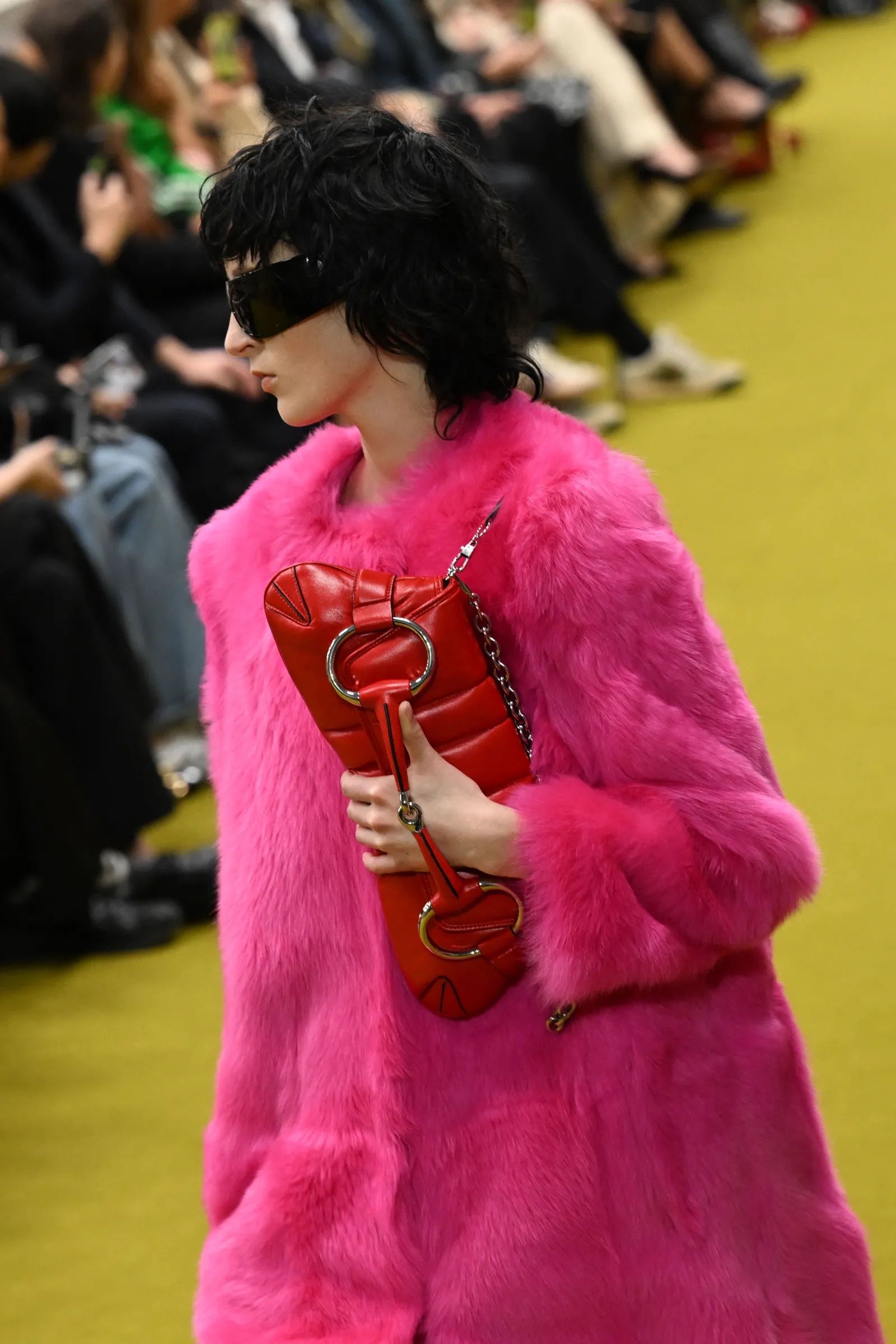
Is pulling from the archive the new design? Why decades-old creations are re-appearing on the runways
Just before the last Gucci show, you were probably able to buy a Gucci Horsebit bag from 1995 for around 400 Euros. Now, about two weeks later, they have risen to up to 1400 Euros. But why? How can the value of a bag climb the price scale so much? The answer is simple – Gucci decided to reissue the sought-after bag in a modern way. Classical canvas is being traded for more bolt colours, from yellow to pink. Just after the show, Vogue encouraged its readers to invest in the bag and WWD published a piece, predicting that the re-edition of the Gucci Tom Ford Horsebit bag could be the it-bag of 2023. Gucci has not only just announced its own reselling platform, they have been fuelling the second-hand market for years. The reappearance or the revamp of the archival bag fuelled the secondary market, which is a strategy for many Luxury houses. Even under Alessandro Michele, the brand’s most recent creative director, they re-issued modern versions of the 1955 Horsebit bag or even more recently, the Jackie bag, named after Jackie Kennedy. Other Luxury labels, just as Dior, Prada, and Ann Demeulemeester are masters in it too – diving into the archives in order to fuel the secondary market and the brand’s current popularity. «A lot of brands are starting to notice the importance of the secondary market,» says Ayo Ojo, known as FashionRoadman. When references to archival pieces are shown on the runway, some people want the original piece. Leon Teke, owner of the Instagram shop CopMeIfYouCan says that sometimes he gets requests after such a thing, especially when it is about MiuMiu and Prada. «Overall, I do look at current runways and take inspiration from those to see what I can source for my shop,» he adds.
Looking at this Season’s runways, London and New York have brought newness, Paris and Milan have brought newness with a touch of something old. Not only Gucci has decided to revive one of their archival items, Ann Demeulemeester under the creative direction of Ludovic Saint Sernin has too. Whereas people might have expected something different, the young designer brought back his version of the Ann Demeulemeester feather top from 1992, just re-designed as his version – a single feather to cover the model’s breasts, instead of a full collar of them. The Ann Demeulemeester secondary market has been booming for years, and it will go up, says Maximilian Kilworth, a fashion photographer and archival collector, based in London. About the collection, Saint Sernin said: «This is me taking this feather and writing a new chapter, a love letter to Ann, that will set the tone for the whole collection.» The collection was bookend by the feather, referencing the archive from start to finish. He went through the archives to find himself he added. Referencing old creations is no news for the brand, which is so tightly tied to the 90s and the designer’s poetic association with Patti Smith. The young generation feels drawn to that and subsequently buys more into the secondary market.
«Brands are already looking and introducing in-house resale platforms,» says Kilworth, hinting at Gucci’s latest announcement. «The pressure from investors will keep brands focused on pushing and bringing new products to the market.» It seems as if brands don’t only have to deal with immense financial targets and pressures, but also with a generation that prefers to buy second-hand instead of new. Archival items seem like a connection to a different time of fashion before capitalism reigned over everything else. Add a climate crisis on top, and it takes a lot to convince the young, conscious shopper to buy new instead of second-hand. «In the high fashion sphere, young consumers are drawn to archival pieces because these are from designers or collections that speak to them on a personal level. It’s hard to find that voice within the context of fast fashion or through purchasing new items. It boils down to social and cultural awareness,» adds Kilworth. Not only brands or individuals are fuelling the second-hand market, content creators do too. Brenda Weischer, now the fashion editor of 032c, has an online vintage shop, called disruptiveberlin, which only opens once per month. «Shopping is a luxury and you should treat it as one,» reads her website, using a curated range of archival clothing to slow down its consumer’s shopping behaviour. Lara Violetta, a creator based in Paris, regularly uploads videos on how to shop for designer items second-hand online.
Moreover, original archive items are extremely limited, which adds to their value. Most brands couldn’t afford to keep an archive of his past collections, Yohji Yamamoto had to sell his, Helmut Lang burnt it and Anna Sui exposed herself on the internet last year, having tried to build one by buying her creations on the secondary market. Having an archive is a luxury it seems – even Ann Sofie Back, who was a Swedish fashion designer, championing the avant-garde, kept one for years until she was forced to sell it. When brands re-issue items from their archive, it does not only fuel the secondary market but also their own profit. It is logical – when you are being outbought on a reselling platform, you might as well buy new.




